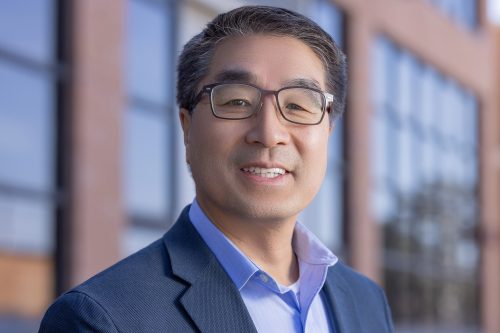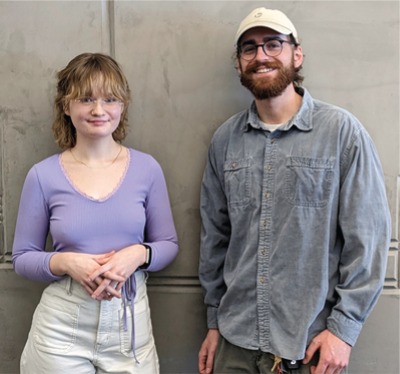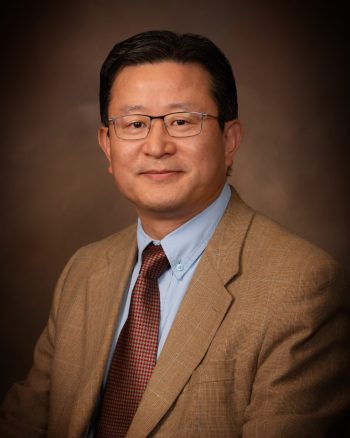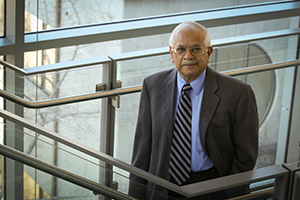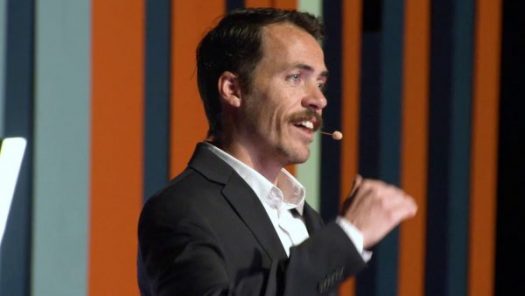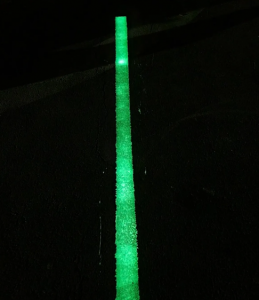Titanium (Ti) metal, prized for its high strength-to-weight ratio, corrosion resistance and biocompatibility is a critical material in aerospace, defense, and medical applications, but its wider use is obstructed by excessively high costs.
That’s where Materials Sciences and Metallurgical Engineering Professor Zhigang Zak Fang comes into play. A recent recipient of the prestigious Humboldt Research Award, Fang has developed a breakthrough technology that can produce high-quality, low-carbon emitting titanium powder at a significantly reduced cost. Known as the Hydrogen Assisted Metallothermic Reduction (HAMR) process, the technology developed by Fang is based on the discovery of new science about the effects of hydrogen on the stability of Ti solid solutions with high oxygen content (up to 14wt%.)
